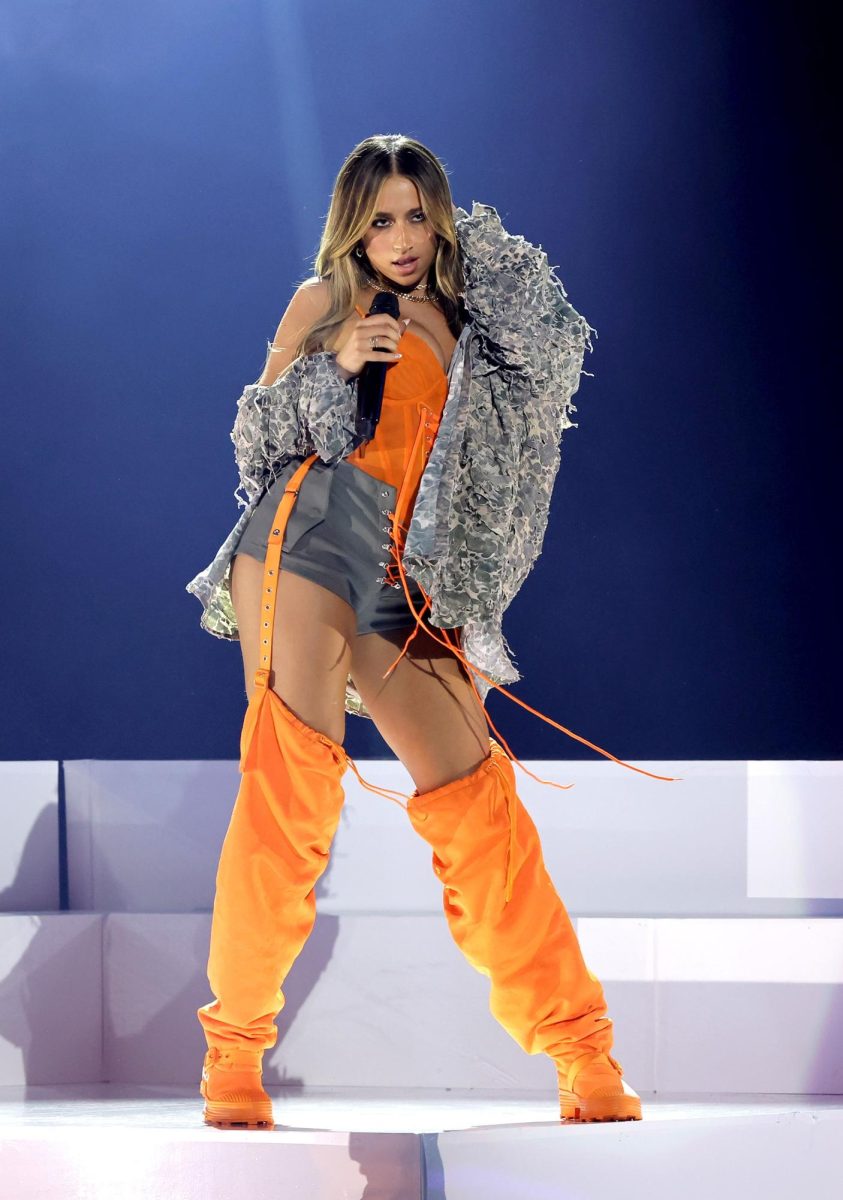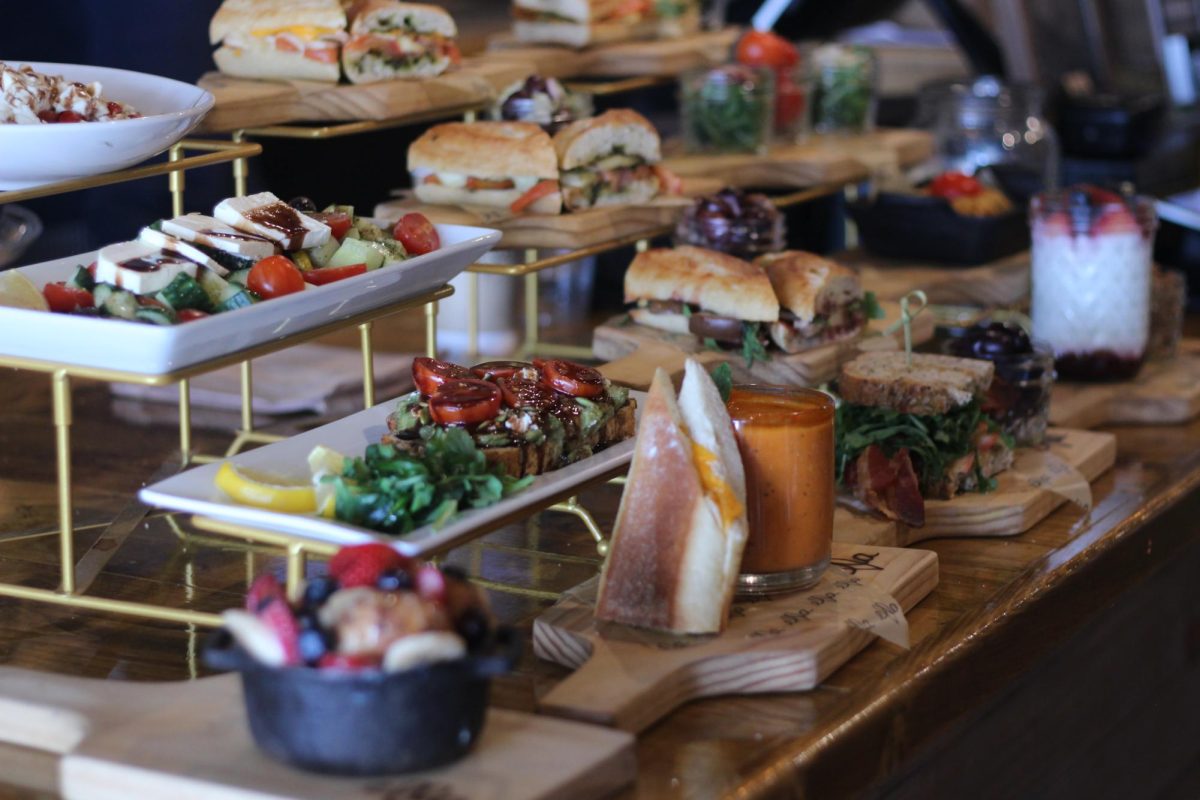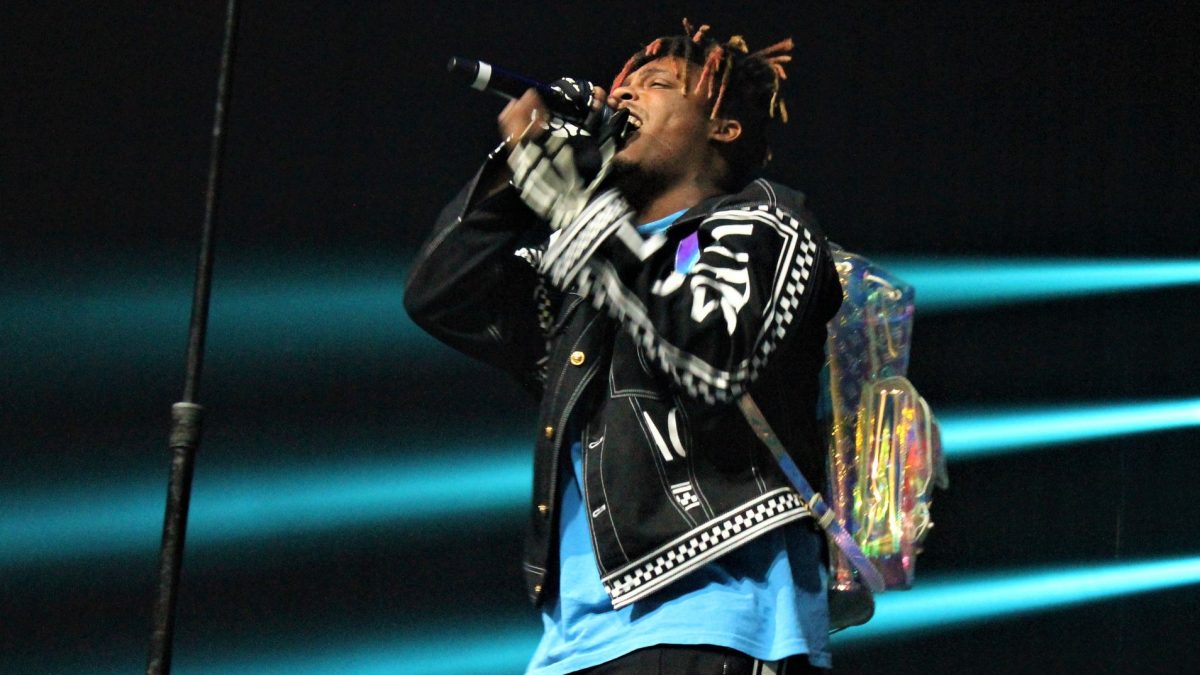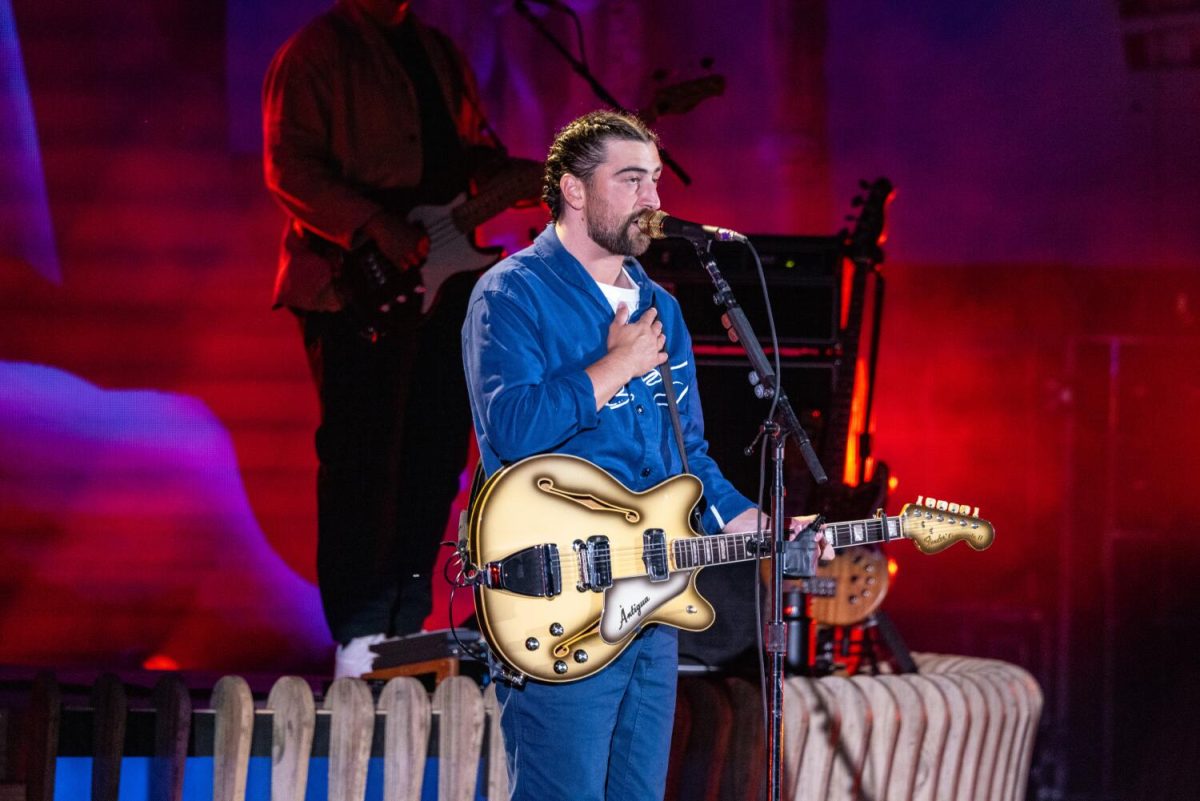
The 66th annual Miss Universe Pageant took place in Las Vegas on Nov. 26, with almost 100 women from around the globe coming together to compete for the much-coveted crown. With the venue being the AXIS theater, located at Planet Hollywood casino-resort, the event was featured on Fox News from 7 to 10 p.m..
Steve Harvey, the host of Family Feud and The Steve Harvey Morning Show, hosted the event. Despite his well-documented mistake during the 2015 Pageant, in which he named the first runner-up, Miss Colombia, Ariadna Gutiérrez, as the winner before correcting his mistake a few minutes later and presenting the crown instead to the Miss Philippines contestant, Pia Wurtzbach, he was chosen for the job.
Joining him will be current Miss Universe Iris Mittenaere of France who will crown her successor at the conclusion of the live three-hour event. American model, entrepreneur and body activist, Ashley Graham, was the backstage host and aided in giving commentary on the event throughout the night.
The judges for the evening were television personality Ross Mathews, Venezuelan internet personality Lele Pons, Canadian make-up artist Jay Manuel, UFC Ultimate Insider Megan Olivi, Miss Universe 2015 Pia Wurtzbach and Miss Universe 1998 Wendy Fitzwilliam.
Performances were delivered by eight-time Grammy award-winning, multi-platinum solo artist Fergie and multi-platinum, award-winning pop star Rachel Platten. Fergie, continuing her post-break up crusade after splitting with husband Josh Duhamel, dominated the stage with “A Little Work,” before Rachel Platten made hairs stand on end with a passionate rendition of “Broken Glass.”
“They were both fantastic, but Rachel stood out to me,” MSD junior Alex Barbosa said. “It was just such a perfect song choice for that moment and it honestly gave me goose-bumps.”
The songs weren’t what stole the show however, as 92 beautiful women journeyed from all corners of the globe to stand together on one stage.
The way the winner was decided was a little different this year. The 92 contestants were divided into three regions: Americas, Europe, and Africa and Asia-Pacific. Four contestants from each region were guaranteed to advance to the finals. Four other women, regardless of region, also moved forward in the competition in wild card style.
Having 92 contestants was the most the competition had ever held, with Cambodia, Laos and Nepal being represented for the first time in the history of the show. The ages of the competitors ranged from 18 to 29, and many were more than just a pretty face.
Miss Iraq, Sarah Idan, moved some members of the crowd to tears as she spoke about her time working for the American army when she was 18. Idan said in an on-camera interview that seeing bombings became normal during her childhood and it inspired to do something more to help people.
When the second Iraq War started in the early 2000s, Idan told the U.S. forces stationed in her home country that she wanted to help them keep her country safe. She started the very dangerous job of working with the U.S. army as a linguist, helping her people and the U.S. government reduce the gap between their two cultures. Later on Idan moved to the U.S., and started working and going to school. She graduated from Musician Institute (MI) in performance arts in Los Angeles.
“Even though I am a Muslim I want to represent Christians, Jews, Kurdish,” Idan said in an on-camera interview. “Since I was a kid, I’ve known what I wanted to do in my life. I knew that I wanted to travel the world. I always speak my mind. I am not afraid. I’m happy and honored that I had the opportunity to do this. I would like to leave an impact.”
Idan was not the only contestant with a cause to promote. Miss Canada, Lauren Howe, spoke about her desire to remove stereotypes surrounding the engineering industry.
“People often seem to be surprised to hear that I hold a degree in Industrial Engineering,” Howe said in an interview with Miss Universe. “Perhaps there still exists a stereotype of what the ‘typical engineer’ is, but that does not hold true. I’m proud that my graduating class had the highest percentage of females in the history of our program and that the male to female ratio is shifting in the right direction. I dream that STEM fields, and engineering in particular, see a gender balanced ratio by the time my future children grow up.”
Miss Dominican Republic, Carmen Munoz, spoke about her attempts at rectifying the rights of the children in her home country.
“In 2013, I was chosen to participate in a debate in front of the Dominican Congress on the subject of Children’s Constitutional Law,” Munoz said in an interview with Miss Universe. “I was selected among a group of just four students by the dean in my college, law school department. Although the grandeur of the event was certainly intimidating, this debate allowed me to approach one of the powers of the state and raise my voice in favor of those in need. I humbly believe it is my love for children what encouraged me to rise to the occasion.”
Miss Iceland, Arna Ur Jonsdottir, gave a more personal story about the struggles she had to overcome to get to where she was today.
“Born with a leg deformity, my mother was told I would never be able to walk properly or play sports,” Jonsdottir said in an interview with Miss Universe. “By the age of 15 I was the Icelandic pole vault champion and my record stood for 8 years.”
While many more of these women had incredible stories to tell, it was ultimately not solely down to their stories to propel them to the crown, but also their looks and catway walks. The first round saw the initial 92 contestants drop to 16 competitors for the swimsuit round, dropping 76 countries in the process.
Six of those 16 women were not selected to move on after the swimsuit portion of the competition, which was filmed live at The AXIS theater. The U.S. representative Kara McCullough, of Washington D.C., modeled a two-piece bikini and made the top 10, although that was the farthest she went.
It was at this point that host Steve Harvey poked fun at his 2015 botched Miss Universe, claiming that one of the things he was thankful for, this event taking place three days after Thanksgiving, was the Oscars. This was of course in reference to the Oscars making a similar mistake to his own in incorrectly awarding the Best Picture award.
The field of contestants was narrowed down again, after 10 women modeled their evening gowns while Fergie performed her new song “A Little Work.” The five contestants who went through were then asked questions during the next stage of the competition.
One of the final five was Miss Venezuela, whose inclusion in the top five could not have come at a better time. With her country in the midst of crisis there is a chance that her success could help bring hope to thousands of a better future. Ariana Ortega, DECA President and head of Voices for Venezuela, gave her thoughts on the issue.
“Seeing Miss Venezuela achieve a place in the top 5 is a beacon of light and hope for Venezuelans across the world, as well as a moment of sheer happiness,” Ortega said. “She is a reminder of Venezuela’s beauty and grace that is currently clouded by the political turmoil and immoral doings of the government. As a Venezuelan, I am filled with utmost pride at having such a kind-hearted individual represent Venezuela’s determined spirit in front of the world.”
The final three, consisting of representatives from Jamaica, Colombia and South Africa, advanced to then find out that the new Miss Universe was Miss South Africa, Demi-Leigh Nel-Peters. The first runner-up was Miss Colombia, Laura Gonzalez, while the second-runner up was Miss Jamaica, Davina Bennett.
Many of the stories told and ideals promoted by the contestants at the competition pointed to something bigger than a beauty pageant, to something bigger than a television program aiming to get ratings. Many of these women have phenomenal stories. They are not just sex symbols, they are heroes in their own right. They work to empower women and give them a voice to girls in countries where they would not otherwise have one.
These ‘Women of Steel’ stand as a testament to the advancement of gender equality in the light of the 21st century.






![[Review] ‘The Inheritance Games’ series warms readers’ hearts](https://eagleeye.news/wp-content/uploads/2025/01/Screen-Shot-2025-01-08-at-8.37.08-AM.png)


